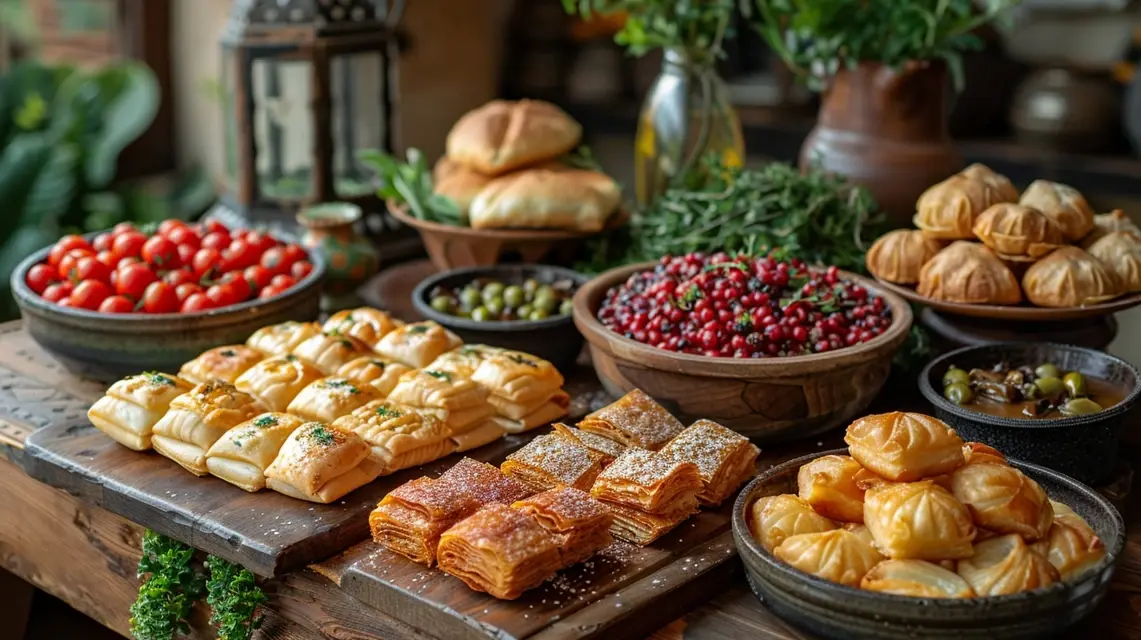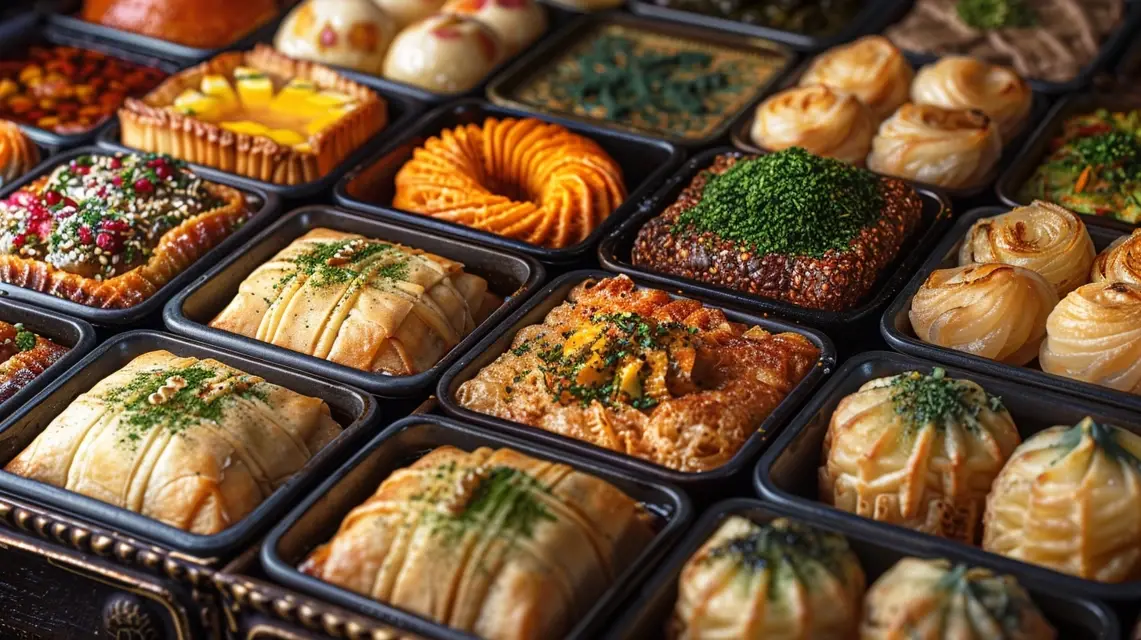Exploring Kataifi in Mediterranean Culture
The Mediterranean is home to some of the world’s most vibrant culinary traditions, and among its treasures lies kataifi. Known for its delicate, thread-like pastry and syrup-soaked layers, kataifi is more than a dessert—it is a symbol of shared heritage and interconnected cultures across the region. From Greece to the Middle East, kataifi highlights how food can transcend borders and bind communities together.
The Origins of Kataifi
Kataifi’s roots stretch deep into the history of the Eastern Mediterranean. While Greece is well known for its association with the dessert, variations appear throughout the Levant, Turkey, and North Africa. Each culture has embraced kataifi in unique ways, adapting fillings, spices, and serving styles to reflect local tastes.
Shared Threads Across Borders
Despite regional differences, the foundation of kataifi remains the same—delicate strands of pastry baked until golden and finished with syrup. This shared culinary language illustrates how food traditions evolve yet remain connected, reminding us of the intertwined history of Mediterranean cultures.
Kataifi in Greek Culture
In Greece, kataifi is most often associated with family gatherings, festive occasions, and holidays. It represents warmth, hospitality, and tradition. Served alongside other classic sweets, kataifi plays a central role in preserving cultural identity and offering guests a sweet gesture of welcome.
Kataifi Beyond Greece
Outside of Greece, kataifi takes on new forms and flavors:
- Turkey: Often prepared with pistachios or walnuts and layered with clotted cream.
- Lebanon: Enjoyed as part of festive meals, sometimes enriched with rose or orange blossom water.
- Egypt: Adapted into puddings and custard-based desserts, blending kataifi with regional flavors.
The Symbolic Role of Kataifi
Kataifi’s role goes beyond taste. It serves as a cultural bridge, linking communities across the Mediterranean with a dessert that is both familiar and distinct. Sharing kataifi at gatherings represents generosity and unity, values deeply ingrained in Mediterranean lifestyles.
Tradition Meets Modernity
Today, chefs experiment with kataifi by adding modern twists, from savory versions to fusion desserts. Yet, the essence remains unchanged—it is still a dish that celebrates heritage and cultural continuity.
Conclusion: A Dessert That Connects the Mediterranean
From ancient roots to contemporary celebrations, kataifi embodies the spirit of Mediterranean culture. Its widespread presence across the region highlights the interconnectedness of traditions and the joy of sharing food. Whether served in a Greek village or a Turkish city, kataifi continues to unite people through sweetness and heritage.
Related reading: Explore more regional dessert insights in our Kataifi Dessert Traditions section.




